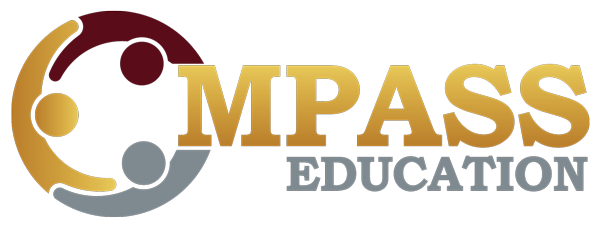If you have been following along with Kaity’s Colloquium (thank you) you will remember the importance of finding and fixing gender bias in dress codes. Hopefully after reading the last blog post, you started thinking about your own school’s dress codes. I’m going to attempt to break down a way to check your own school’s or district’s dress code. Disclaimer follow along to part C to get ideas of addressing any concerns you may now have with your school’s dress code.
What to look for. When I conducted an analysis, I used the following phrase categories:
- Too tight
- Too short
- No midriff or that the shirt must be tuckable
- No cleavage (or not excessive cleavage)
- Any comments on female predominant clothing (such as leggings, dresses, etc.)
These phrase categories are intended to be broad concepts rather than exact word match. They will probably not (should not) be word for word in a dress code. But there may be other wording that alludes to the same outcome. For example, in the dress codes I analyzed just under 60% included the phrase “longer than fingertip length” and another 25% included the phrase “must be 2 inches above the knee”. Both of these phrases are about the topic of an item of clothing being “too short.”
From the outside this looks like a harmless rule to make sure all students are of “modest” dress. But it is WAY more of a problem than that. Looking at typical male fashion and typical female fashion. Until recently, men’s shorts were typically made with a minimum of a nine-inch inseam. Now, men’s shorts come in varied lengths with more popularity and commonality in five-inch inseams. Women’s shorts on average have between a 2 inch and a 5-inch inseam. This means that women’s shorts are about three to four inches shorter than their male counterparts’ options. Meaning they will suffer more from regulations on length than their male classmates.
The actual act of checking your school’s dress code is very straight forward. Read through the dress code looking for one phrase category at a time (it may be easier to break up the dress code per rule as to limit the number of times of rereading the dress code in its entirety). Then simply note how many times each category is mentioned.
Overview of My Findings
- Most dress codes had 3-4 items of female specific clothing that were outright banned or had additional limitations. Specifically female specific articles of clothing were mentioned 1900% more frequently than male specific articles of clothing.
- Special consideration and wording focused on women’s cleavage, specifically not showing, or being too revealing was included within the artifacts 21 times. However, there was only 2 mentions of males wearing muscle shirts, see-though shirts, tank-tops or other revealing types of shirts, this represents 950% more attention being given to women’s shirts than men’s shirts.
- Too Short: talk of items being too short or having a length requirement was seen 17 times and was included in 66% of reviewed dress codes.
- Too Tight: This wording was not used very often. It was only present four times throughout the twelve artifacts.
- No Midriff: This was found 12 times. Expanding the phrase to include the idea of clothing being tuckable made it so all analyzed dress codes covered the topic.
Limitations in My Findings
My findings are based on 12 dress codes that were pulled from the 2021-2022 school year. All dress codes were pulled from Public High Schools in Indiana. The sample had schools of varying locals and size. All locales were included in the sample (locales included inner city, suburbs, and rural). Different locations have different expectations and openness of attire. The reason Indiana was chosen was due to my familiarity with the schools and cities.
